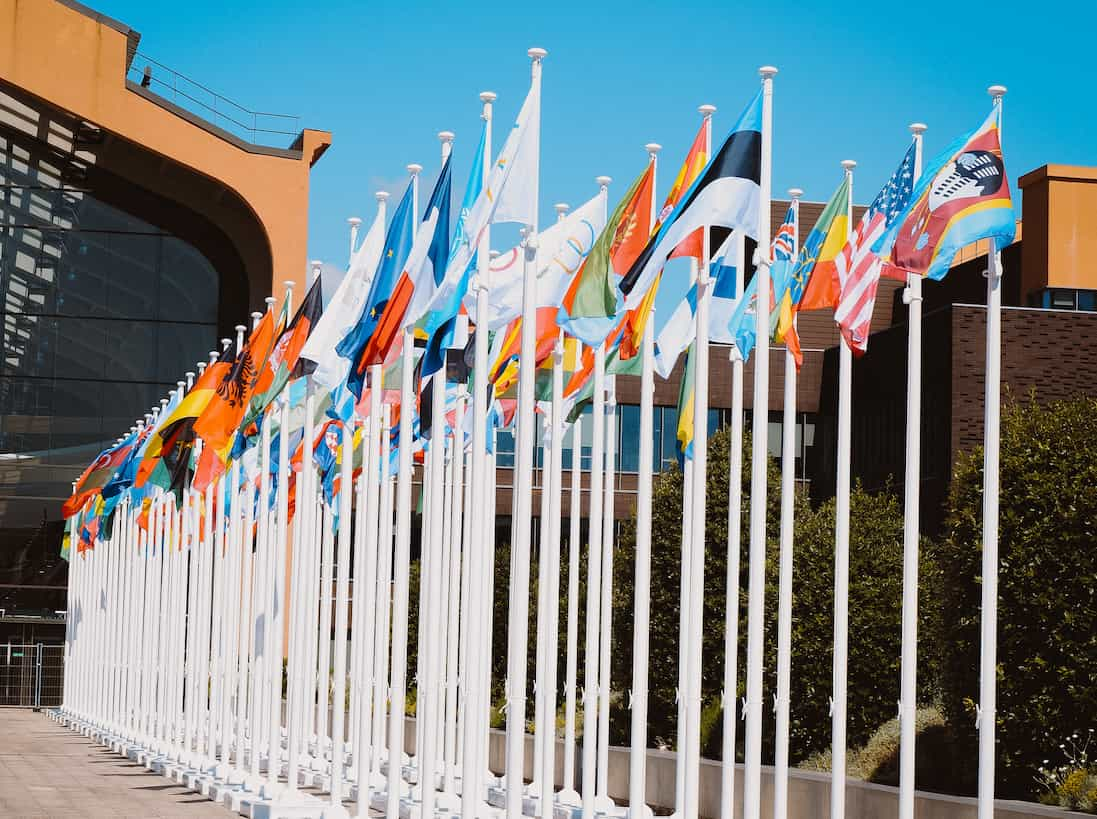The Paris Olympics aim to halve carbon emissions compared to previous editions of the Games. One of the most high-profile – and controversial – ways organisers planned to do this was by not installing air conditioners in the athletes’ village.
Unsurprisingly, this has rubbed many participants up the wrong way, with the US team the latest to announce that it will provide air conditioning units for athletes. The Australian Olympic Committee (AOC) made a similar same decision way back in January. Germany, Italy, Canada, and Great Britain are among other countries that will provide athletes with air conditioners.
US Olympic and Paralympic CEO Sarah Hirshland says the decision comes after athletes raised concerns about a potential lack of cooling.
“In our conversations with athletes, this was a very high priority and something that the athletes felt was a critical component in their performance capability,” Hirshland says.
Now, in response to protests from so many teams, the Games’ organisers have backflipped on their initial stance and ordered 2,500 portable air conditioning units, which teams can install at their own expense.
The need for cooling
In recent months, HVAC&R News has written extensively about the dangers of heat in the home. It’s clear that extreme heat poses a major health risk, especially to those who live in housing without access to cooling, such as air conditioners.
Although the Olympians staying at the athletes’ village are probably the fittest and healthiest group of people you are likely to find in one place at the same time, the fact that they need to push their bodies to the limit actually puts them at very high risk of heat-related injury and disease.
Hirshland is right in emphasising how important it is for athletes to keep cool, not just to improve their performance, but simply to stay safe. On that note, you might have seen an article we published in June about a high-tech glove that helps elite athletes cool down during breaks. Several members of the US team will be using the glove technology in Paris.
Let’s also consider the fact that temperatures are increasing and heat records are tumbling. During last summer’s heatwaves, France set a new record 24-hour heat average: 27.1°C. Though that might not sound like much, bear in mind that that’s the average temperature for the whole country, including mountainous regions and including temperatures during the middle of the night.
France also has one of the lowest rates of air conditioner ownership in Europe. In 2003, when a heatwave of lesser magnitude than the 2023 one struck, more than 15,000 people died.
A pre-conditioned mindset
For most Australians, the thought of not having air conditioning during summer is horrifying. That’s in part because of extreme temperatures. But the biggest problem is the thermal performance of our housing.
Many of us live in old, poorly insulated houses that are draughty, scarcely shaded, and too large to cool or heat affordably. They become unbearably hot in summer and freezing cold in winter.
Even our newly built houses fall far short of what would be acceptable in other countries, with style and size trumping thermal performance. In these circumstances, air conditioning is the only realistic way to stay maintain a safe, liveable temperature.
Considering all this, you can easily see why the AOC made the call on air conditioning in January, and why other national Olympic committees have since followed suit. It’s an understandable decision. But is it the right one?
The cold reality
The Olympians in Paris won’t be living in leaky Victorian terrace houses or poorly ventilated apartments. In fact, the housing in the athletes’ village has impeccable sustainability credentials.
The buildings have excellent insulation, as well as double-glazed windows and a sophisticated geothermal cooling system that promises to reduce temperatures by at least 6°C in comparison to outdoor temperatures. The modelling of the village shows green roofs and an abundance of trees in the neighbourhood to break up the urban heat island effect.
High-performance athletes and coaches don’t like to leave things to chance. If they can control an environmental factor, they will. But, given what we know about the design of the athletes’ village, it’s worth questioning whether supplemental air conditioning is necessary, or whether it simply shows a lack of understanding of the importance of design for thermal performance.
Remember the outrage around cardboard beds at the Tokyo Olympics in 2021? People were worried that the beds would be fragile and uncomfortable. As it turned out, they were sturdy, comfortable, and far more sustainable than traditional beds. The athletes loved them, and the same company is providing cardboard bedding in 2024.
Will we see a similar reaction to the geothermal cooling system in Paris? Or do you think the decision to install air conditioners is the right one? Let us know in the comments below.
 Nick Johns-Wickberg
Nick Johns-Wickberg


Leave a Reply